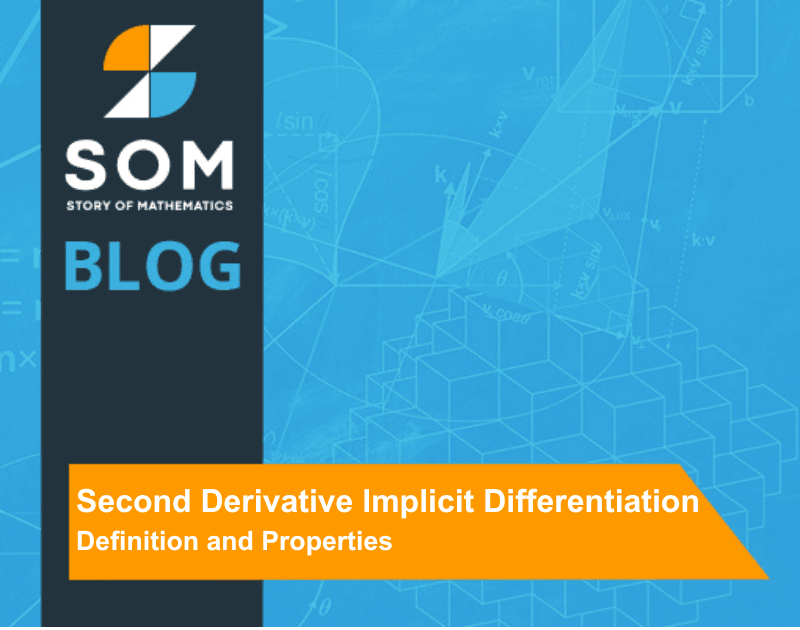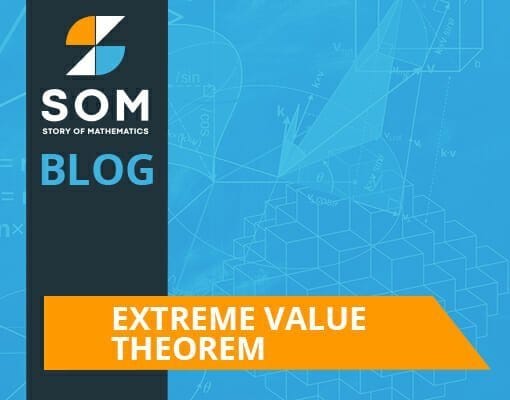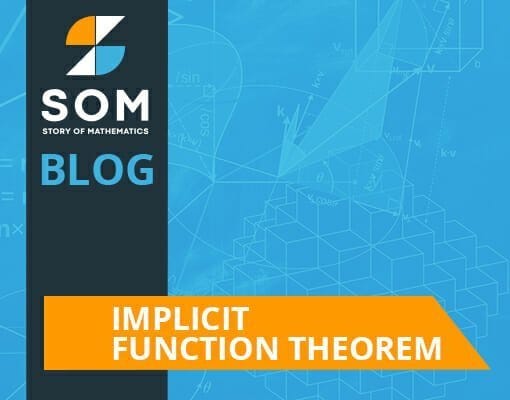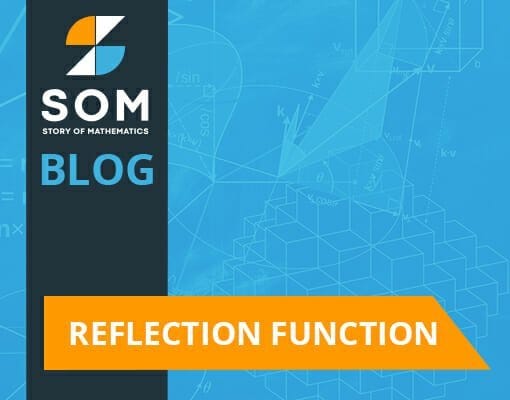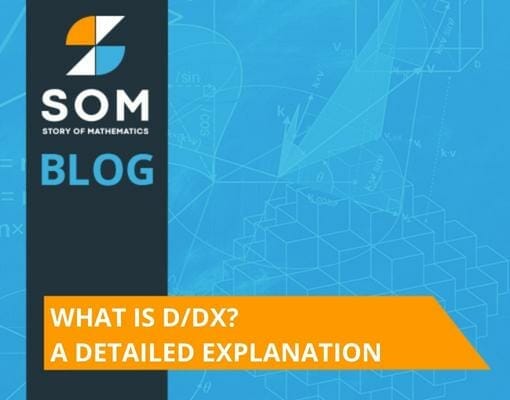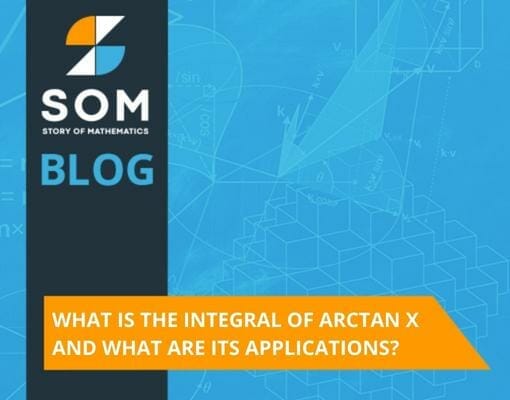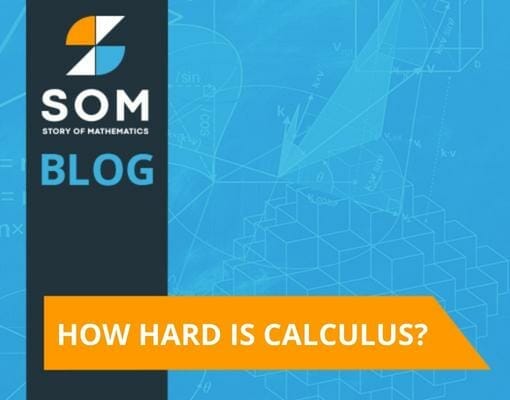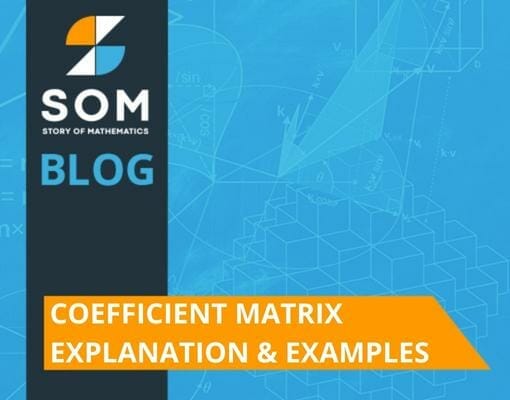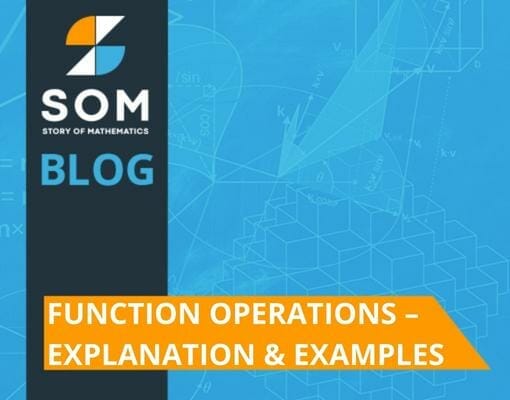The second derivative implicit differentiation is a powerful tool to differentiate implicitly defined functions concerning an independent variable not explicitly expressed. Exploring the intricacies of calculus often leads us to fascinating techniques that unveil the hidden properties of equations and functions. While implicit differentiation enables us to find the first derivative of such functions, delving […]
Category Archives: Calculus
In the beautifully interconnected realm of mathematics, the transverse axis offers a compelling thread that weaves together multiple disciplines, from geometry to calculus. As we explore this crucial concept, its underpinning role in the integrals world cannot be overstated. In this article, we spotlight the transverse axis, dissecting its unique position in the mathematical landscape and, […]
The concept of vertical intercept and its application to real-world scenarios is fundamentally the fascinating realm of mathematics. It provides an essential reference point in the graphical representation of linear equations, functions, and data trends. This vital intersection point on the y-axis delivers invaluable insight into the inherent characteristics of the relationship described by the equation […]
Calculus, the mathematical study of change and motion, often brings two closely related but distinct concepts to the fore: antiderivatives and integrals. While these terms are occasionally used interchangeably in casual conversations, they address different aspects of calculus. Let’s embark on a journey to understand the nuances between them and explore their significance in the […]
The extreme value theorem states that a function has both a maximum and a minimum value in a closed interval $[a,b]$ if it is continuous in $[a,b]$. We are interested in finding the maxima and the minima of a function in many applications. For example, a function describes the oscillation behavior of an object; it […]
In mathematics, more importantly in multivariable calculus, the implicit function theorem is used to solve polynomial equations that cannot be expressed as a function. We state it for a two-variable relation as follows: Let $f(x,y)$ is a relation with $f(x_0, y_0) = c$ and $f’_y(x_0, y_0) neq 0$; then around $(x_0, y_0)$ there exists a […]
A reflection of a function is a type of transformation of the graph of a function. The reflection of a function can be over the x-axis or y-axis, or even both axes. For example, the reflection of the function $y = f(x)$ can be written as $y = – f(x)$ or $y = f(-x)$ or […]
In the intricate tapestry of calculus, the Mean Value Theorem for Integrals elegantly sews together fundamental concepts of integration and continuity. This theorem, an instrumental cornerstone of integral calculus, furnishes a powerful tool for deciphering the intricate interplay between areas under curves and average values of continuous functions. With applications spanning from physics to economics, […]
The symbol d/dx is used to differentiate any function with respect to the variable $x$. The derivative or differentiation in mathematics is used to determine the rate of change of a given function. So, if we are using the d/dx formula or the d/dx symbol with a function “$f$,” then we are calculating the rate […]
The integral of $arctan x$ or the inverse of tan x is the function that returns the inverse tangent of x as its derivative. It is equal to: $int arctan xphantom{x}dx= x arctan x -dfrac{1}{2} ln|1 + x^2| + C$. In this complete guide, learn how to derive the formula for arctan x and how […]
Calculus is not that hard if you have a good understanding of its prerequisites, such as algebra and pre-calculus. The name calculus sends a shiver down the spine of many students. Is the subject of calculus really this hard? Basic calculus is not that hard, but if a student has a lax attitude or behavior […]
A matrix that consists of the coefficients of a linear equation is known as a coefficient matrix. The coefficient matrix solves linear systems or linear algebra problems involving linear expressions. In the study of matrices, the coefficient matrix is used for arithmetic operations on matrices. A method like Cramer’s rule utilizes coefficient matrices to find […]
Function operations are the arithmetic operations that are used to solve a function. The arithmetic operations applied to a function are addition, subtraction, multiplication, and division. In this article, we will learn about functions and how we can apply different operations to functions. What Are Function Operations? Function operations are the arithmetic rules we can […]

